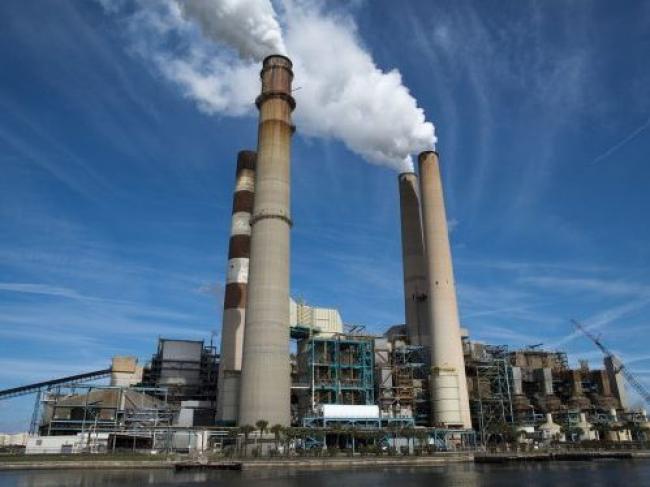Articles Menu

July 11, 2021
While the corporate embrace of net-zero targets might seem cause for celebration, the allure of the relatively easy to achieve “net” may be distracting—or providing an escape hatch—from the hard work of actually zeroing emissions, analyst Shawn McCarthy warns in a recent opinion piece for Corporate Knights.
From Big Oil and Big Business to Big Banks and Big Cities, Big Emitters are proving especially keen on the “net” portion of “net-zero,” an emphasis that bodes ill in a world that needs actual emissions cut to actual zero as fast as possible to have any hope of reining in global heating, writes McCarthy, a former Globe and Mail energy reporter now serving as senior counsel with Sussex Strategy.
Joining more than 100 countries, and eight times that number of cities, in the rising chorus of carbon-neutral pledges are corporate giants like Walmart and Ford Motors, as well as oil majors like Royal Dutch Shell and Canada’s Suncor and Cenovus.
But heavy reliance on offset systems [or, for Suncor and Cenovus, a demand for C$50 billion in taxpayer subsidies—Ed.] can leave users “advancing towards net-zero” on paper while their real-life emissions “remain stubbornly high”. Also troubling: the popularity of nature-based solutions like tree planting, solutions whose results are notoriously difficult to verify and whose ability to reduce GHGs, especially as drought and wildfires worsen, may only be temporary.
And even working at their transparent best, “such strategies need to be in addition to, not in lieu of, deep decarbonization efforts that displace fossil fuel use in transportation, electricity, heating buildings, and industry,” McCarthy writes.
Catherine Abreu, executive director of Climate Action Network Canada, told McCarthy that humanity must not be “seduced by silver-bullet, technocratic fixes,” or by “a tendency in some quarters to manipulate the idea of net-zero and turn it into something that perpetuates the status quo.”
There will very likely be a need for such “fixes”—McCarthy notes that all four “illustrative pathways” laid out in the IPCC’s 1.5°C pathways report rely to some degree on negative emissions technologies. But they must be understood as “wild cards” to be played selectively and with extreme care alongside avowed “safe bets” like renewable power, energy efficiency, and electric vehicles.
McCarthy has details on Ottawa’s draft regulations for an offset credit system, and cites the Darkwoods Forest Carbon Project in British Columbia’s Kootenay region to illustrate the challenges. The 63-square-kilometre site, owned by the Nature Conservancy of Canada, is the “largest verified offset project in North America.”
But while the project has sold “well over a million tonnes of carbon credits in the voluntary market in which corporations like Microsoft, Shell, and United Parcel Service buy offsets to meet their own GHG-reduction targets,” and the resulting emissions reductions have received third-party verification, it has still raised questions about the legitimacy of the offsets.
McCarthy cites several other cases, including an April report co-published by ProPublica and MIT Technology Review which concluded that California’s forestry offsets program is literally paper-thin, creating only the “appearance of progress.”
McCarthy has more on the ups, downs, and complexities of carbon offsets and the different dimensions of net-zero.
[Top photo: bhuman34/Pixabay]